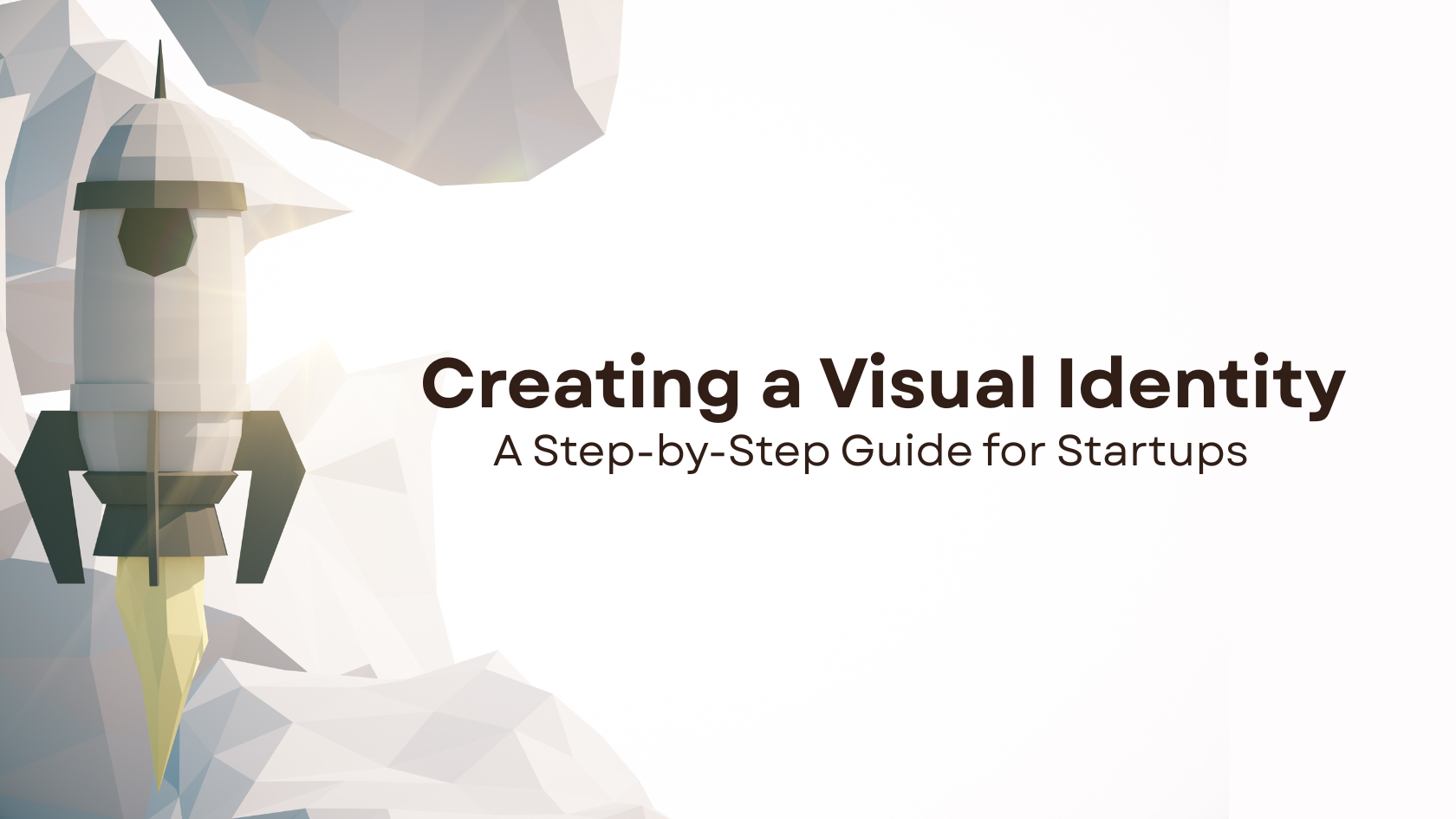
July 22, 2025
In today’s competitive marketplace, having a solid product or service isn’t enough. For startups, especially, the first impression is everything. That impression that people see, remember, and associate with your business is rooted in your visual identity.
Your visual identity is more than just a logo. It’s the look and feel of your brand across every touchpoint: your website, social media, packaging, marketing materials, and even your office interiors. A thoughtfully designed visual identity not only makes your startup look professional but also builds trust and connection with your target audience.
At 1928 Creative Studio, a leading logo and branding agency based in Ahmedabad, we’ve worked with multiple startups to build brands from scratch. In this guide, we’ll walk you through a practical, step-by-step process to help you create a compelling visual identity that speaks volumes without saying a word.
Step 1: Understand Your Brand at Its Core
Before jumping into design, take a step back. Ask yourself:
- Who are we?
- Why do we exist?
- Who are we serving?
- What values do we stand for?
These questions help shape your brand foundation, which directly influences your visual identity. For instance, a tech startup targeting enterprise clients may want to look sleek and professional, while a sustainable skincare brand may want to appear organic, warm, and minimalist.
Tip: Create a one-page brand manifesto. This can guide every visual decision you make.
Step 2: Define Your Brand Personality
Your brand personality is the human voice behind your startup. If your startup were a person, would it be youthful and energetic? Elegant and sophisticated? Playful and creative?
This personality should be reflected in every visual element colors, fonts, icons, patterns, and more. 1928 Creative Studio often conducts a personality workshop with clients to nail down tone and character before even sketching a logo.
Step 3: Choose Your Color Palette
Color plays a powerful psychological role in branding. It evokes emotions, signals industry relevance, and helps with brand recall.
Here’s a quick guide:
- Blue: Trust, security (used by tech and finance brands)
- Green: Nature, sustainability (used by eco or wellness brands)
- Red: Passion, urgency (used by food and entertainment)
- Black/Grey: Luxury, authority (used by high-end or corporate brands)
Limit your palette to 3-5 colors: a primary color, secondary tones, and maybe an accent color for highlights.
Step 4: Pick the Right Typography
Fonts speak louder than you think. The wrong font can make a serious startup look amateur, while the right typeface brings clarity and confidence.
A strong brand system usually includes:
- Headline font (bold and memorable)
- Body font (readable and consistent)
- Accent font (optional, for creative flourishes)
Typography should reflect your brand voice. For instance, 1928 Creative Studio often pairs clean sans-serif fonts for modern brands and serif fonts for those with a heritage or storytelling angle.
Step 5: Design a Memorable Logo
The logo is the heart of your visual identity. It should be:
- Simple: Easy to recognize
- Scalable: Looks good on both a business card and a billboard
- Relevant: Aligns with your product, industry, and values
There are various types of wordmarks, lettermarks, icons, and emblems. Choose one that fits your brand style and use case.
A well-designed logo is often timeless. It’s worth investing in, and working with a professional branding agency like 1928 Creative Studio ensures that your logo isn’t just trendy, but strategic.
Step 6: Create Supporting Visual Elements
A strong brand identity goes beyond the basics. Think about:
- Illustration style
- Iconography
- Photography direction
- Patterns or textures
- Layout grids and spacing
These design elements help create a unified brand experience across all media. Whether it’s your pitch deck or your Instagram feed, consistency is key.
Step 7: Develop a Brand Style Guide
A brand style guide is your rulebook. It ensures that anyone working on your brand, whether internally or externally, follows the same visual standards.
Your guide should include:
- Logo usage and spacing rules
- Color codes (RGB, CMYK, HEX)
- Font pairings
- Imagery do’s and don’ts
- Example layouts
At 1928 Creative Studio, we always deliver a comprehensive brand book so that our clients never lose brand consistency even as they scale.
Step 8: Apply and Evolve
Once you’ve created your visual identity, it’s time to apply it consistently:
- Update your website, social media, packaging, and marketing collateral
- Revisit investor decks and business cards
- Align your internal documents and tools
But remember, branding is not one-and-done. As your startup grows, your audience may evolve. Your visual identity should remain flexible enough to adapt while staying rooted in your brand values.
Why Work with a Branding Agency Like 1928 Creative Studio?
Building a visual identity is not just about aesthetics, but it’s about strategy, storytelling, and psychology. A professional agency brings:
- Industry expertise
- A structured process
- Deep creative thinking
- Brand alignment across all platforms
Located in Ahmedabad, 1928 Creative Studio specializes in working with early-stage startups and growing businesses to create visually strong, emotionally compelling, and strategically sound brand identities.
Whether you need a fresh logo or a full-scale brand identity system, their team can guide you from concept to execution, ensuring your startup stands out in a sea of sameness.
Final Thoughts
Your visual identity is the face of your startup. Done right, it will speak to your audience before you even say a word. It builds trust, inspires loyalty, and turns your startup into a brand people remember.
Invest in it early, craft it with care, and watch it grow with your business. And if you’re looking for expert hands to shape your brand visually, 1928 Creative Studio in Ahmedabad is a trusted partner for startups ready to make a mark.
